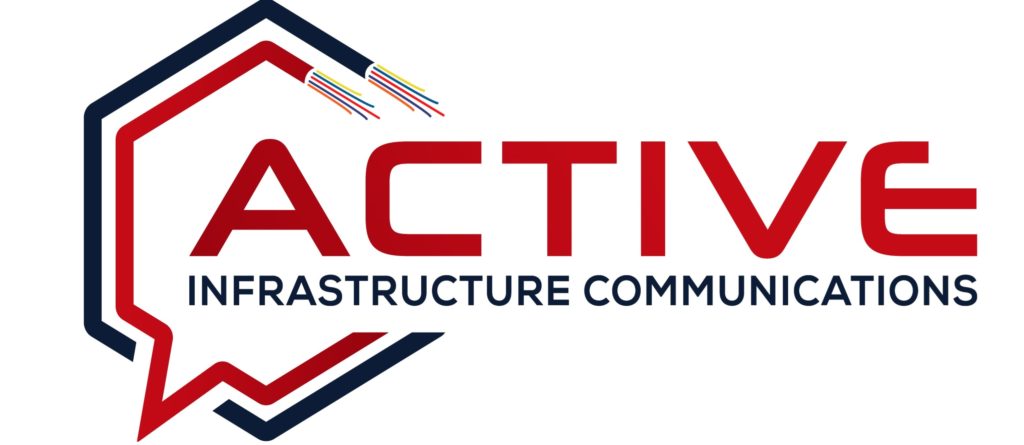Services
Audio Visual
Audiovisual (AV) refers to technologies and equipment
AV refers to technologies and equipment used for transmitting, processing, and reproducing sound (audio) and images (visual) simultaneously. Specifically, it encompasses a wide range of equipment and systems designed to enhance communication, presentation, entertainment, and collaboration in various settings.

This technology continues to evolve, driven by advancements in digital media, connectivity, and user experience. Therefore, it is transforming how we communicate, learn, entertain, and collaborate in the modern world.



Emerging Trends in Audiovisual Technology:
• Virtual and Augmented Reality: Integration of immersive technologies for enhanced user experiences and training simulations.
• Cloud-based Solutions: Remote access and management of AV resources for scalability and accessibility.
• Interactive Touchscreens: Touch-enabled displays for interactive presentations and collaborative activities.
Components of Audiovisual Systems:
Audio Components:
•Microphones: Capture and amplify sound for recording or live transmission.
•Speakers: Output audio signals to listeners, providing clear and balanced sound.
•Mixers and Amplifiers: Control and enhance audio signals, adjusting volume
levels and equalization.
•Audio Conferencing Systems: Enable remote communication through audio
channels.
Visual Components:
• Displays: Include monitors, projectors, and screens for displaying images and
video content.
• Projectors: Project images onto screens or surfaces for larger audiences.
• Screens: Provide surfaces for projecting images or displaying content.
• Video Walls: Large displays composed of multiple screens for immersive
viewing.
Control and Signal Processing:
• Switchers: Select and route audiovisual signals to desired outputs (e.g., switching
between different sources or displays).
• Scalers: Convert video signals between different resolutions or formats to match display requirements.
• Controllers: Manage and automate AV equipment operation through centralized control systems.
Integration and Connectivity:
• AV Receivers: Combine audio and video signals from different sources for unified playback.
• Interfaces: Connect AV equipment to external devices such as computers, cameras, and media players.
• Wireless Connectivity: Enable wireless transmission of audio and video signals for flexible deployment.
Applications of Audiovisual Technology:
Benefits of Audiovisual Systems:
Contact us today to discover how our expertise and dedication can benefit your telecommunications projects
Experience firsthand why Active Infrastructure Communications is the trusted choice for superior service and exceptional results.
